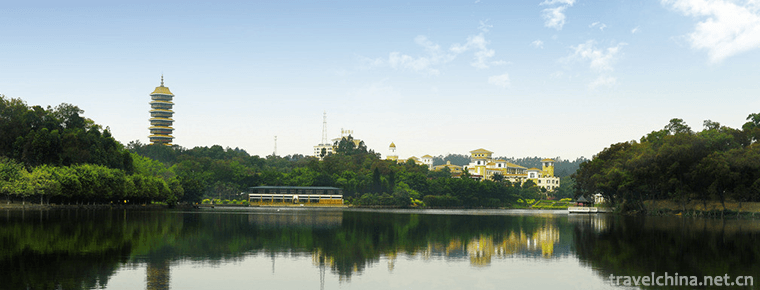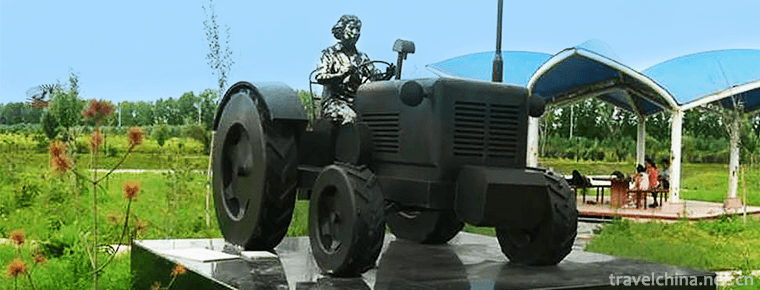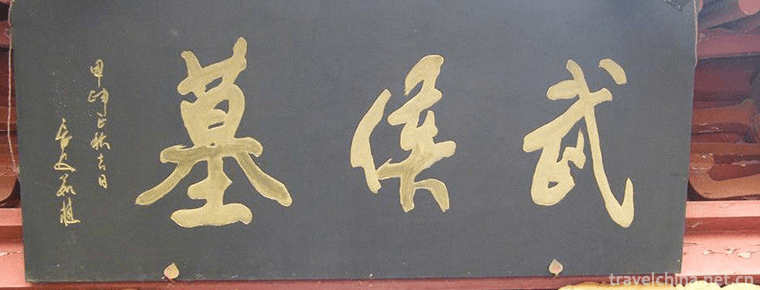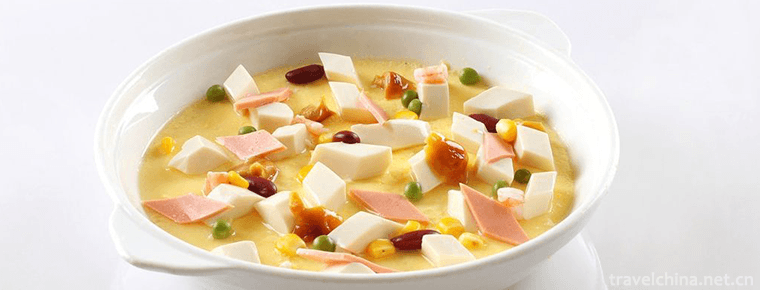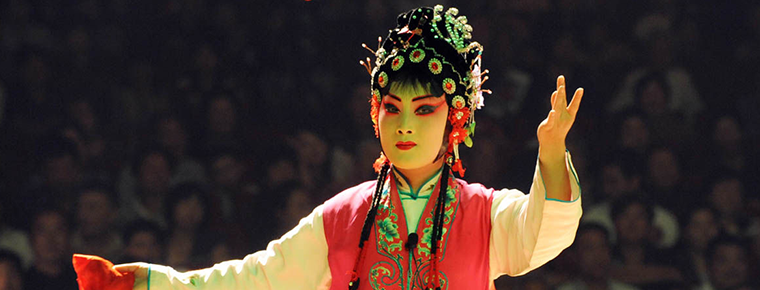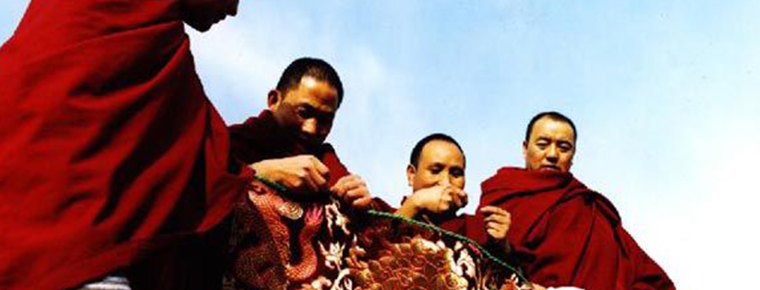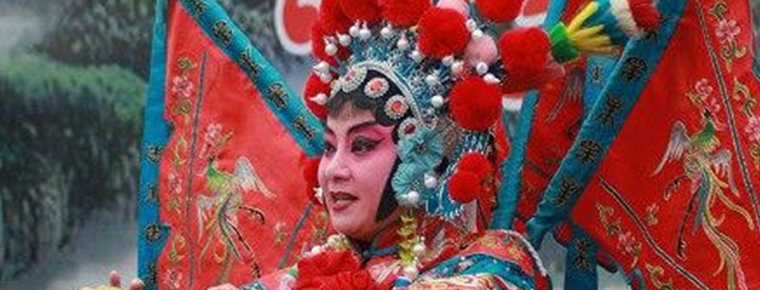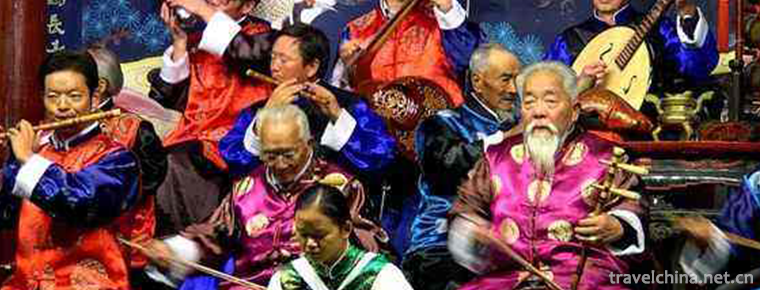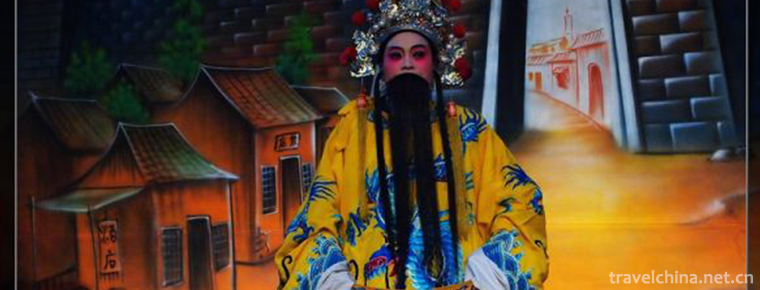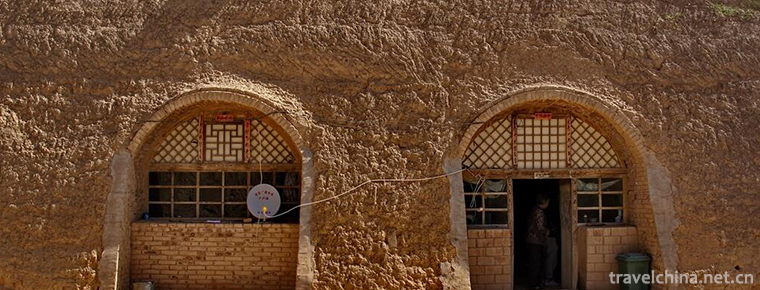Uygur Embroidery
Uygur Embroidery
Embroidery is one of the most representative decorative techniques in Uygur costumes in China. Whether it is Uygur clothes, skirts, shoes, hats and beds, the interior decorative articles adorn the exquisite embroidery of Uygur women. Uygur embroidery has accepted both the inland embroidery technology and the characteristics of its own nation, and gradually formed its own unique charm. Patterns or color matching, with strong national characteristics. It is a kind of technology that punctures the fabric with needle-piercing and thread-piercing, and organizes the lines into patterns by carrying needles according to the design pattern. It is an art that uses needles and thread to complete the pattern.
In 2008, the Uygur embroidery declared by Hami District of Xinjiang Uygur Autonomous Region was listed in the second batch of national intangible cultural heritage list with the approval of the State Council.
Historical Origin
Hami Uygur embroidery is a traditional handicraft to beautify clothes. It is the main and most common decorative method of Hami Uygur traditional clothes. It has unique charm with its complicated style and exquisite embroidery. It is a hard-working Hami Uygur women and the Uygur people have attached great importance to the embroidery technology of clothes for a long time, and it has always been regarded as an indispensable part of clothes. It should be developed and perfected to make it a unique art form of dress decoration commonly used by Uygur people. Hami Uygur traditional clothing embroidery is mainly clothing and accessories, such as gowns, shoulders, long skirts, pants, boots and hats, dozens of kinds. In the history of development and evolution, the continuous integration of various national cultures has greatly developed the Hami Uygur folk embroidery technology and gradually formed a variety of styles and characteristics of different embroidery techniques.
artistic characteristics
As a member of the family of the Chinese nation, the Uygur nationality, like other nationalities in the motherland, has formed its own distinctive national culture in the long process of historical development. In today's global economic integration, it is particularly important to maintain the regional folk culture tradition. Uygur embroidery technology, along with the Uygur people's Millennium culture, has continued to this day. With its strong national characteristics and exquisite crafts, it radiates its unique charm and is unique in the traditional folk crafts of ethnic minorities in Xinjiang. The study of Uygur embroidery technology is helpful to understand the cultural influence factors and artistic value of Uygur embroidery technology, so as to have a deeper understanding of Uygur folk traditional handicraft culture.
Current situation of inheritance
On the basis of actively promoting traditional embroidery art and combining with modern management concept, Aga Khan, the inheritor of Hui folk embroidery in Hami city, set up embroidery factories to make embroidery with national cultural characteristics go to the whole country and the world.
In the exhibition room of Afghan handicraft embroidery, there are not only her own works, but also the handicraft left by her ancestors.
"This is my grandmother's embroidered flower, this is my mother's embroidered flower, this is my own made flower," Agathan Samaiti said.
In Uygur folk, painting, paper-cut and embroidery are in the same vein. Agahan Saimati, a farmer painter from Hami city, is the fourth generation of family embroidery. Her grandmother was an embroidery worker in Hami's Royal palace. Hami Uygur embroidery integrated the skills of Beijing embroidery and Su embroidery. The images of peony, chrysanthemum and dragon appear in embroidery patterns. Agathan Samaiti began to learn paper-cut, embroidery and painting at the age of 7. As a minority peasant woman, her works mainly show the life of peasants. Spring sowing, which won the first prize in the 1988 National Farmers'Painting and Calligraphy Exhibition, is a work of expressing rural life. With the development of the times, more and more peasant embroidery products begin to be recognized by the society and accepted by the public. People like peasant embroidery products because it emits a simple fragrance. Land is the life of peasants, and works are peasants'dreams. There are works in life and life in works. They hold embroidery products with true feelings in their hands, hang them on the wall, see them in their eyes and enjoy themselves in their hearts. While conveying beauty, they also share the happiness of life with more people.
Inheritance Significance
Uygur embroidery technology has remarkable inheritance and blending, which also contains rich cultural anthropological information. The great differences between the natural environment and social conditions of Uygur people make the embroidery techniques of Uygur people in different areas of Xinjiang have different regional characteristics. In the long history of development, Uygur embroidery technology has formed its own unique style, which carries heavy traditional culture and national spirit, and embodies the brilliant material civilization of Uygur. To promote and expand and enrich the research of Uygur embroidery technology in modern design has a certain practical significance for enriching the modern process design system. The study of Uygur embroidery technology as a carrier of national culture can help us better protect and inherit national culture and protect the diversity of human culture in the era of globalization.
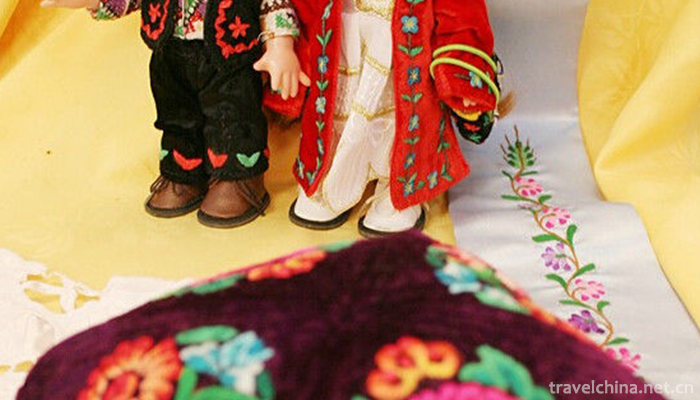
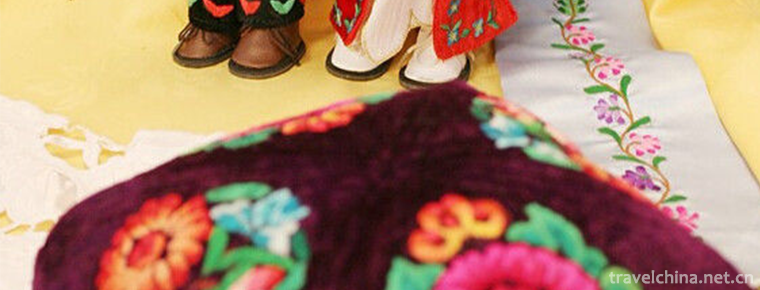
Uygur Embroidery
-
Chinese Elk Garden Scenic Spot
Jiangsu Dafeng Elk National Nature Reserve is located in the Yellow Sea coast, with a total area of 78,000 hectares, including 2668 hectares in the core area
Views: 174 Time 2018-12-06 -
sanshui forest park
Sanshui Forest Park is located in the north suburb of the southwest town of Sanshui District, Foshan City, Guangdong Province.
Views: 176 Time 2018-12-18 -
The Great Northern Wilderness Agricultural Expo
Beidahuang Agricultural Machinery Expo Park is a national AAAA-level tourist attraction located in Youyi County, 50 kilometers away from the city center, covering an area of 350,000 square meters.
Views: 196 Time 2018-12-26 -
Wuhou Tomb Scenic Area
The Tomb of Marquis Wu is the tomb of Zhuge Liang, a famous statesman and militarist in the Three Kingdoms Period. It is located at the foot of the ancient battlefield of Dingjunshan
Views: 196 Time 2019-02-24 -
Eight treasures bean curd
Babao bean skin is a delicacy. Main raw materials: bean curd 6 white sesame 25 grams pig meat 120 grams of letinous edodes.
Views: 545 Time 2019-03-25 -
Two clip string
Two chords, also known as the "big five tones" by the masses. One of the traditional Chinese operas. It is mainly popular in Western Shandong, Eastern and Northern Henan,
Views: 141 Time 2019-04-28 -
Huangzhong embroidery
Huangzhong heap embroidery is a kind of art that uses the techniques of "shearing" and "heap" to create images. It is mostly used in Tangka production, with Tibetan Buddhist themes
Views: 305 Time 2019-05-04 -
Laiwu Bangzi
Laiwu Bangzi, also known as Laiwu Bangzi, is a unique opera in China. It has a history of more than 200 years and is a wonderful flower in traditional Chinese local operas.
Views: 319 Time 2019-05-10 -
Baisha Xile of Naxi Nationality
Naxi Baisha Xile is also known as "Xiaoli at breaking time", "Xiaoli at breaking time", "Xili at breaking time", "Xili at breaking time" and "Xie Li at bre
Views: 256 Time 2019-06-06 -
Wuju Opera
Wu Opera, commonly known as Jinhua Opera, is one of the local operas in Zhejiang Province. It centers on Jinhua area and is popular in Jinhua, Lishui, Linhai, Jiande, Chun'an, Yushan, Shangrao, Guixi,
Views: 247 Time 2019-06-30 -
Cave Building Techniques
Cave dwelling is an ancient dwelling form of residents on the Loess Plateau in Northwest China. The history of cave dwelling can be traced back to more than 4,000 years ago. The Chinese people creativ
Views: 132 Time 2019-07-11 -
Nanchong hydrology
Nanchong is rich in precipitation. The average annual precipitation is 1000 mm, excluding evaporation, the annual total water is about 4.191 billion cubic meters, and the average annual runoff depth is about 313 mm. The distribution of runoff depth is generally
Views: 377 Time 2020-12-17

